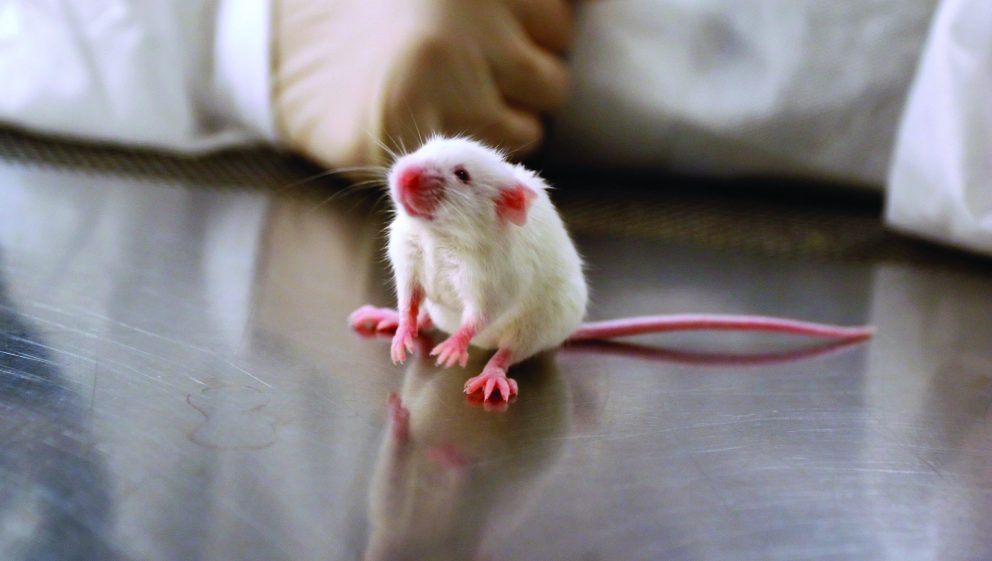All instances of non-compliance are extremely worrying, as we are constantly assured that animal experiments are conducted in the most highly regulated ways. However, the report paints a very different picture, with instances of neglect and oversight and a failure of basic standards. These include:
- A monkey died after becoming trapped between a cage wall and a ‘restraint mechanism’. This was caused by staff failing to use the cage correctly.
- A licence holder bred 13,200 more genetically altered mice than the 2,500 which were authorised.
- Mice had rapidly growing tumours implanted and were then not monitored enough, so the tumours grew larger than they were authorised to. The person also failed to give painkillers after surgery to remove the tumours.
- A licence holder tried to kill a rat with CO2, then tried to break the animal’s neck to confirm his death. He was then placed in a freezer and when it was next opened, 40 minutes later, he was still alive.
- A licence holder placed mice in an incubator that was too warm, but they could not lower the temperature. Three mice were found dead from the heat the following day and another was killed as he or she was unwell.
- Chickens died of dehydration after their water supply was turned off for repair and not turned back on again.
- A van transporting mice turned a corner and the side door opened and two boxes containing 15 mice fell out – their boxes were not secured and were leaning against the door that opened. The mice escaped, 12 were recaptured, one of whom died at the scene and three were not seen again. The recaptured survivors were killed as they had been exposed to the outside.

Many of the non-compliance incidents involved the type of neglect which would, quite rightly, lead to prosecution if a member of the public acted in the same way. Sadly, the typical action taken against those who experiment on animals and commit such terrible acts is a ‘letter of admonition’, retraining or perhaps having a licence revoked.
Animal Aid believes that part of the reason for such inadequate censures is that many of the victims are mice, incorrectly perceived by many animal researchers and policy makers as ‘second class animals’, less important, or less capable of suffering, than dogs or monkeys, and therefore less worthy of consideration or compassion.
As well as being scientifically flawed, experiments on live animals are morally unjustifiable. When paired with the terrible examples of suffering outlined above, the horrors of life in a laboratory are clear for all to see. Pain, neglect, extreme suffering and death have no place in modern, cutting-edge science. Humane alternatives to outdated and unreliable animal research should be used instead of outdated animal ‘models’.
Says Jessamy Korotoga, Animal Aid Campaign Manager:
‘Once again, this shocking annual report outlines numerous instances where the most basic needs of animals are not being met, leading to immense suffering and death. When this does happen, the penalties are, quite frankly, pathetic. Animal Aid and its supporters are urging all those involved in animal experiments to instead embrace advanced, cutting-edge technologies that are not reliant on outdated and unreliable experiments on animals.’
Notes to editors
Order a mouse-shaped postcard to send to your MP


